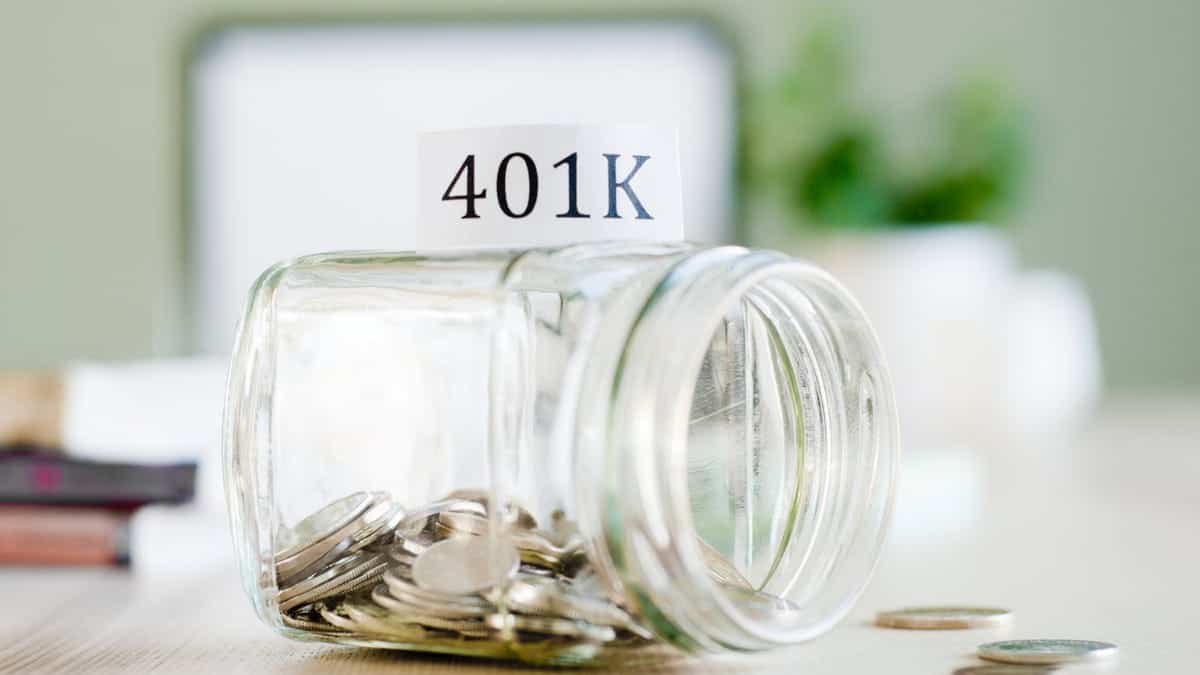The new year is a time of celebration, but it also tends to bring renewed focus to people’s long-term goals, including retirement. Once the calendar hits Jan. 1, the slate is wiped clean on all your retirement accounts, and you’re free once again to stash your money in any one that suits you.
If you haven’t thought about where you should put your retirement savings first, here’s a guide to help you.
Don’t leave your 401(k) match on the table
You should always begin saving in your 401(k) if your company offers you a matching contribution. This is additional money your employer gives to you to help you pay for your retirement, but you only get it if you put money into your 401(k) first.
Check with your company’s HR department if you’re unsure how its matching system works. Find out how much you have to contribute in order to get the full match. Then figure out how many pay periods it will take you to set aside enough money based on your monthly savings goal.
If you have to contribute $3,000 of your own money to get the full match and you’re setting aside $150 per pay period, it will take you 20 pay periods to claim your employer 401(k) match. That’s where your retirement savings should go, for the first part of the year at least.
The exception to this rule is if you aren’t fully vested in your 401(k) plan and you plan to leave your job soon. Quitting before you’re fully vested could cost you your 401(k) match, so you may not gain anything by putting your money here versus another retirement account. Check with your HR department to learn more about its vesting schedule.
Consider an HSA
Health savings accounts (HSAs) aren’t technically retirement accounts, but more and more people are stashing their savings here anyway to take advantage of its triple tax advantage. Money you put in an HSA reduces your taxable income for the year, your earnings grow tax-free, and you can make tax-free medical withdrawals at any age. You can also make nonmedical withdrawals, though you’ll pay taxes on these, plus a 20% penalty if you’re under 65.
You must have a qualifying health insurance plan in order to contribute to an HSA, meaning a plan with a deductible of $1,400 or more for individuals or $2,800 or more for a family. Individuals who meet this criteria may contribute up to $3,650 in 2022, while families with qualifying insurance plans may contribute up to $7,300.
If you plan to use an HSA for retirement savings, look for a provider that will enable you to invest your funds. Some keep your money in what’s essentially a savings account where it won’t earn much interest. Investing your money will help it grow more quickly.
Think about an IRA
An IRA is another option worth considering after you’ve claimed your 401(k) match. These accounts have several advantages over 401(k)s that could make them a better choice for your funds.
With an IRA, you can choose when you want to pay taxes on your funds, an option you may not have with a 401(k). Traditional IRAs make the most sense if you believe you’re in a higher tax bracket now than you’ll be in once you retire. If that’s not the case, a Roth IRA might make more sense.
Going with an IRA also opens up a lot more investment choices for you. Most 401(k)s limit you to some mutual funds your employer preselects. But with an IRA, you can invest in these as well as stocks, bonds, exchange-traded funds (ETFs), and more. This enables you to build a portfolio that’s tailored to your investing goals, and it may also help you minimize your fees.
The downside to contributing to an IRA is its low contribution limits. You may only contribute up to $6,000 in 2022 if you’re under 50 or $7,000 if you’re 50 or older. That may not be enough for some savers.
You can stick to your 401(k) too
If you prefer to keep things simple, you can always continue to use your 401(k) rather than switching to one of these other accounts once you’ve gotten your 401(k) match. You may contribute up to $20,500 to a 401(k) in 2022 if you’re under 50 or $27,000 if you’re 50 or older.
Sticking with your 401(k) is certainly simpler, but it’s still a good idea to consider all the accounts available before you decide where you want to put your funds. You might realize there are benefits to stashing your money elsewhere first. Then, you can return to your 401(k) later if you max out these other accounts.

